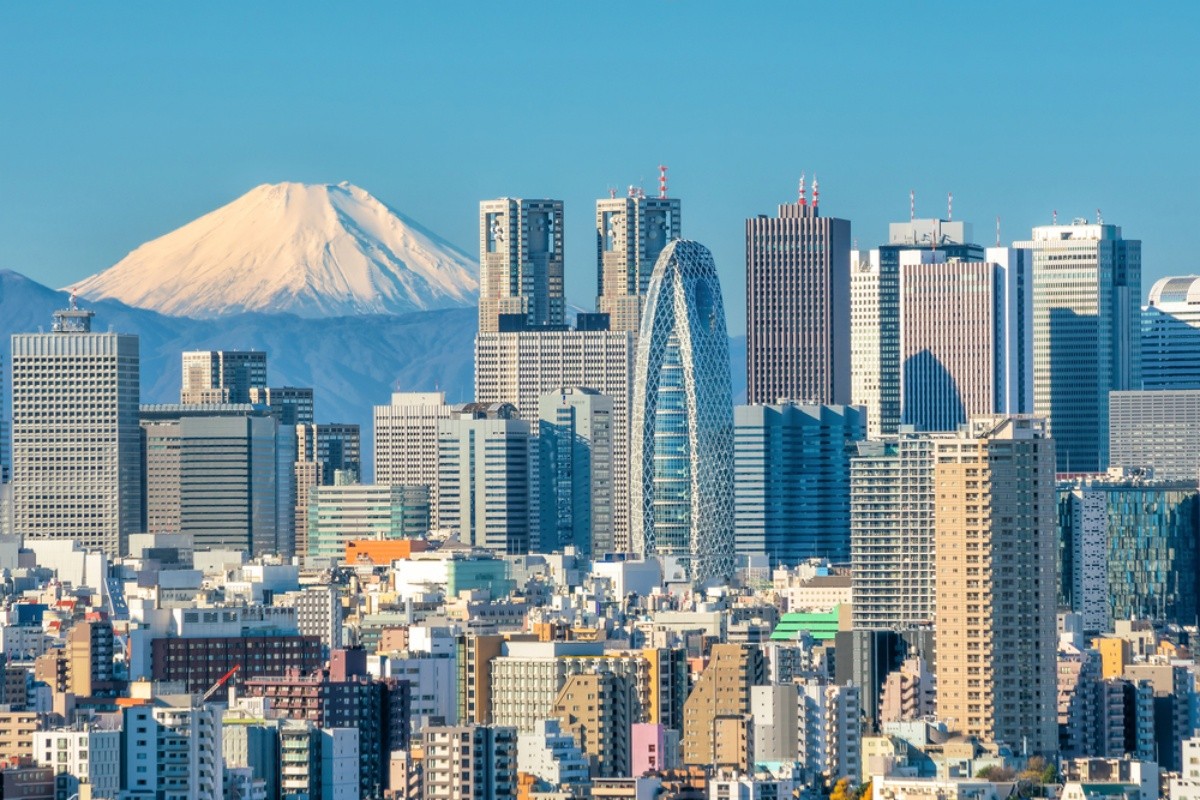
In this article, we will introduce the background and historical context of Tokyo's commemorative day, "Tokyo Day".
The Reason "Tokyo Day" was Established
The anniversary of Tokyo, known as "Tokyo Day," is set on July 17th. First, let's introduce why this anniversary was set on July 17th and its background.
The Background of the Establishment of "Tokyo Day"

Why is July 17th known as "Tokyo Day"? The reason is simple: it's the day when "Tokyo" was born. In fact, on July 17th, 1868 (according to the old calendar), by the decree of the Emperor Meiji, who was the emperor at the time, the city known as "Edo" was renamed to the now familiar "Tokyo".
In the official document that records this renaming to "Tokyo", the following definitions can be confirmed: ① Edo is a major city in eastern Japan, a place where various things gather from east, west, south, and north, and it is appropriate for the emperor himself to oversee its politics, ② Therefore, since the emperor can see the east and west of the entire country as the same, it is stated here that from then on, "Edo" will be renamed and called "Tokyo".
"Tokyo " and Edo Castle
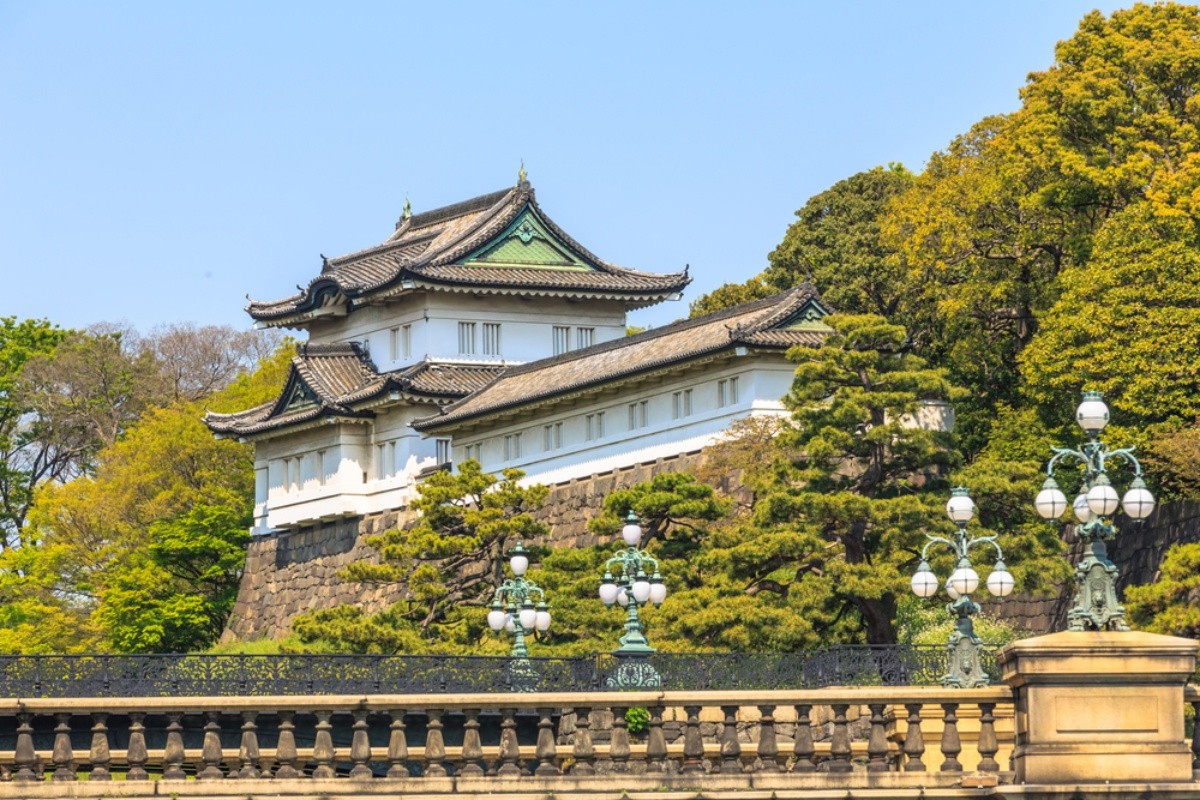
Thus, Edo, which had long been the center of politics since Tokugawa Ieyasu opened the shogunate in 1603, changed its name to "Tokyo" in 1868. Subsequently, Emperor Meiji moved his residence from Kyoto to Tokyo in stages. This place is now located in the center of Tokyo, a place known as the "Imperial Palace" and is familiar to many people. As many of you may know, this place was where "Edo Castle", the center of the shogunate during the Edo period, was located.
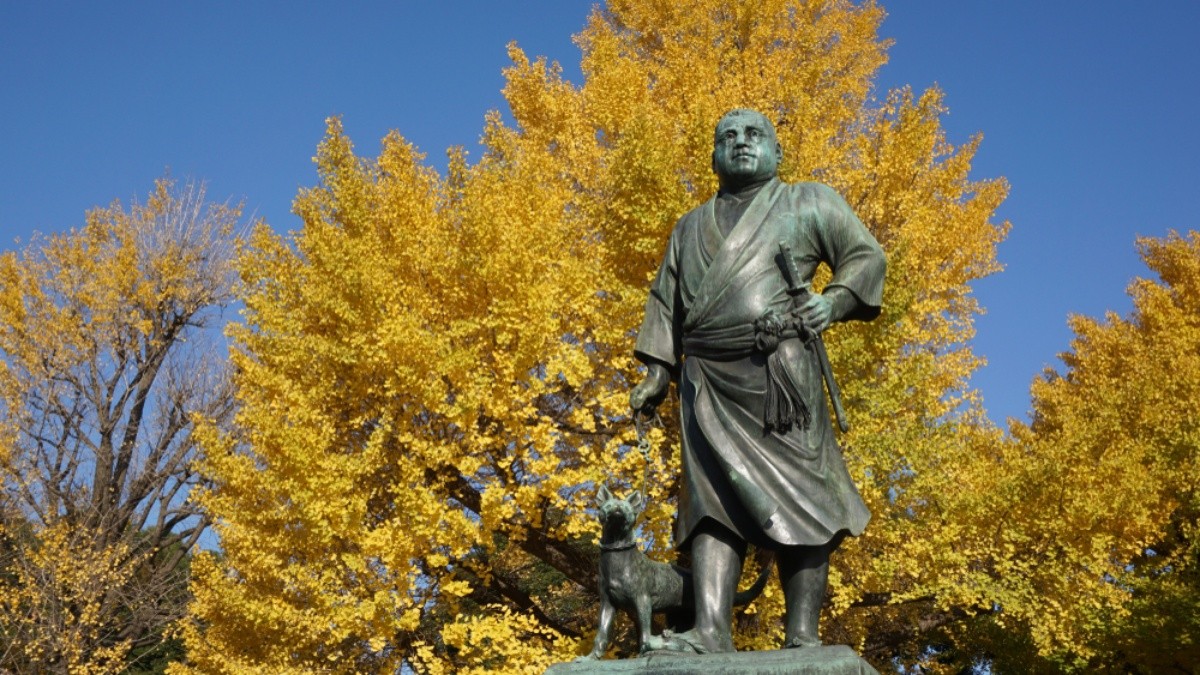
From the end of the Edo period to the beginning of the Meiji era, battles between the old shogunate army and the new government army (Boshin War) were taking place all over Japan. At that time, Edo, where the center of the shogunate was located, also faced the crisis of being engulfed in the flames of war. However, through peace negotiations between the old shogunate and the new government, the Edo Castle was "bloodlessly surrendered", and handed over to the new government, thus avoiding large-scale battles involving the urban area of Edo. Saigo Takamori, a key figure in the Meiji Restoration who is familiar with the bronze statue in Ueno Park, played a major role on the side of the new government in these negotiations.
Another Anniversary: "Tokyo Citizens' Day" and its Related Events
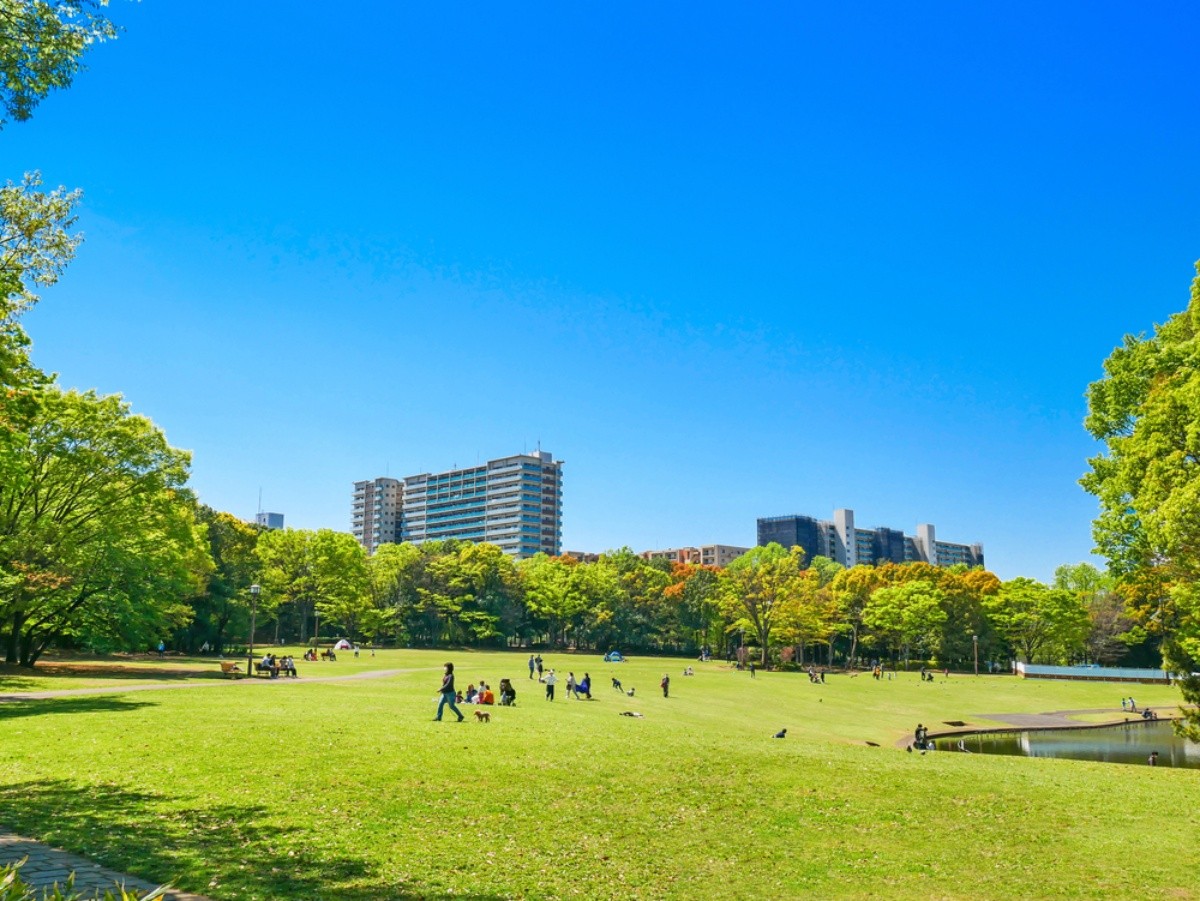
There is no specific event held in honor of "Tokyo Day". However, separate from this, in Tokyo, a commemorative day called "Tokyo Citizens' Day" has been established on October 1st, and events related to this day are held. Here, we will deliver the reasons for the establishment of this latter commemorative day and information about the events.
The event that led to the establishment of "Tokyo Citizens' Day" on October 1st is said to have occurred during the Meiji era. At that time, the city of Tokyo was in a state where its autonomy was restricted by laws. However, due to a "movement to expand the participation of citizens in city administration", this law was abolished in 1898, and on October 1st of the same year, the city of Tokyo, like other cities, was born with a mayor. Later, in 1922, October 1st was designated as "Autonomy Day", a day to "learn from Tokyo's history and realize the importance of autonomy", and in 1952, it was designated as "Tokyo Citizens' Day" with the aim of "enhancing awareness of autonomy and promoting the development of Tokyo and the welfare of its citizens".
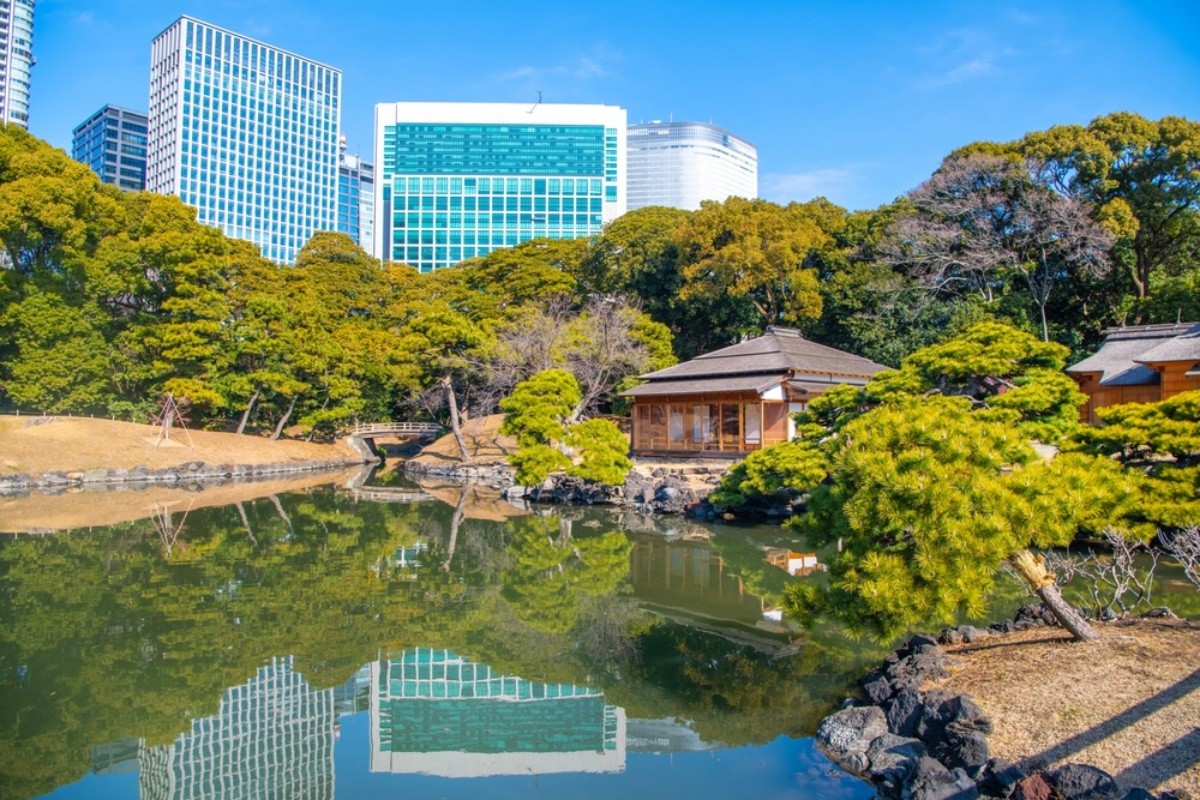
In conjunction with this "Tokyo Citizens' Day", free public access to facilities and commemorative events are being held in 2023. Facilities where admission and viewing fees are free include gardens such as Hama-rikyu Gardens and Koishikawa Korakuen, zoos and botanical gardens such as Kasai Rinkai Aquarium and Ueno Zoo, Edo-Tokyo Open Air Architectural Museum, Tokyo Metropolitan Art Museum, Tokyo Metropolitan Teien Art Museum, Tokyo Metropolitan Museum of Photography, and Tokyo Metropolitan Museum of Contemporary Art. In addition, commemorative events were held, such as "Historical Lectures and Historic Site Tours" at the Tokyo Metropolitan Waterworks Historical Museum, "Video Screening" at the Okutama Water and Greenery Interaction Center, and "Commemorative Gift Distribution" at the Water Science Museum and Tokyo Metropolitan Rainbow Sewerage Museum.
In conclusion: Experience the former "Tokyo "
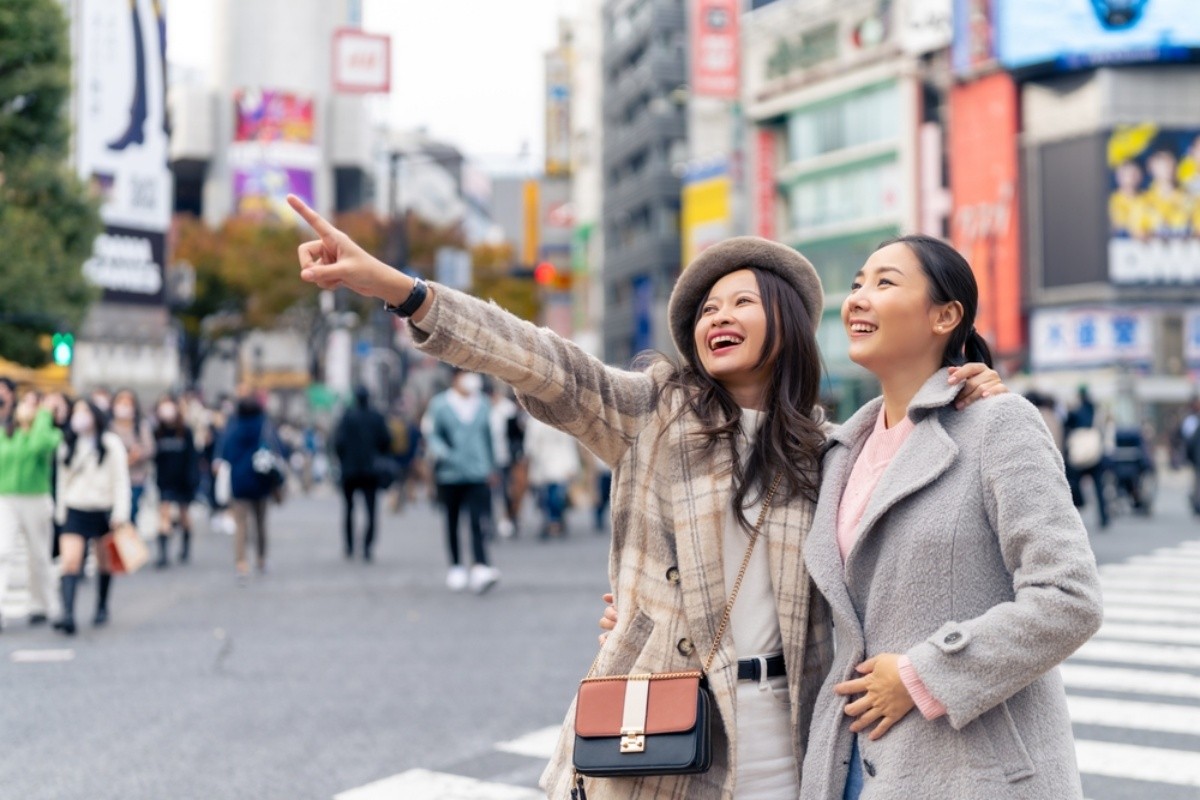
So far, we have introduced the history of the Meiji era related to the origin of "Tokyo Day", as well as information about another anniversary, "Tokyo Citizens' Day", and its events. Finally, let's guide you to a way to enjoy learning about the history of Tokyo since the Meiji era.
First and foremost, the place you would want to visit to learn about the culture from the Edo period to the present day Tokyo and experience its atmosphere is the "Tokyo Edo Museum" located in Sumida Ward, Tokyo. From exhibits recreating the townscape of the Edo period to the state of citizen culture in "Tokyo" since the Meiji era, you can learn about its history with many materials.
Unfortunately, as of the time of writing this article, the entire museum is closed for renovations (scheduled until the 2025 fiscal year), so you cannot tour the exhibits inside the museum during this period. However, on the museum's official website, there is also content available to experience the state of the exhibition rooms before the closure as the "Edo Tokyo Museum Virtual Museum". If you're interested, why not take a peek?
For those who want to see and experience the atmosphere in person right away, we recommend "Edo-Tokyo Open Air Architectural Museum", located in Koganei Park in Koganei City, Tokyo. Here, "historical buildings of high cultural value from the early Edo period to the mid-Showa period" have been relocated, and you can actually see and learn about the lifestyle of each era. Although it is located a bit far from the city center, it is a facility recommended not only for those who want to actually touch and experience, but especially for those interested in architecture.
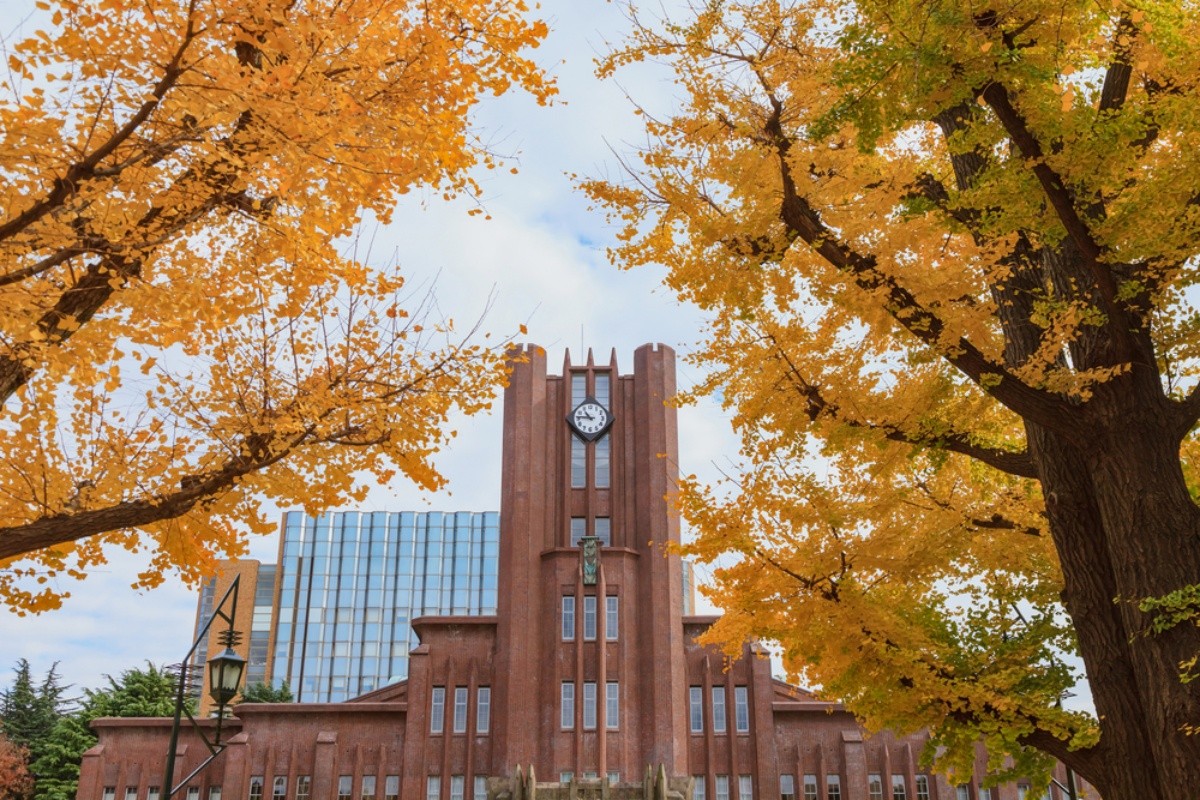
So far, we have introduced exhibition facilities located in Tokyo. For those who find it difficult to visit Tokyo, why not try to taste the atmosphere of "Tokyo" from novels set in the Meiji era? For example, in the works of the literary master, Natsume Soseki, where Tokyo is the setting, not only the novel "Sanshiro", where a young man who has advanced to a university in Tokyo is the protagonist, but also "Kokoro", which is familiar in modern Japanese textbooks in high schools in Japan, depicts the characters walking in Tokyo during the Meiji era. By the way, these works are now available on the web as public domain. Web translation is necessary, but let's read it as a material to taste the atmosphere of the time.


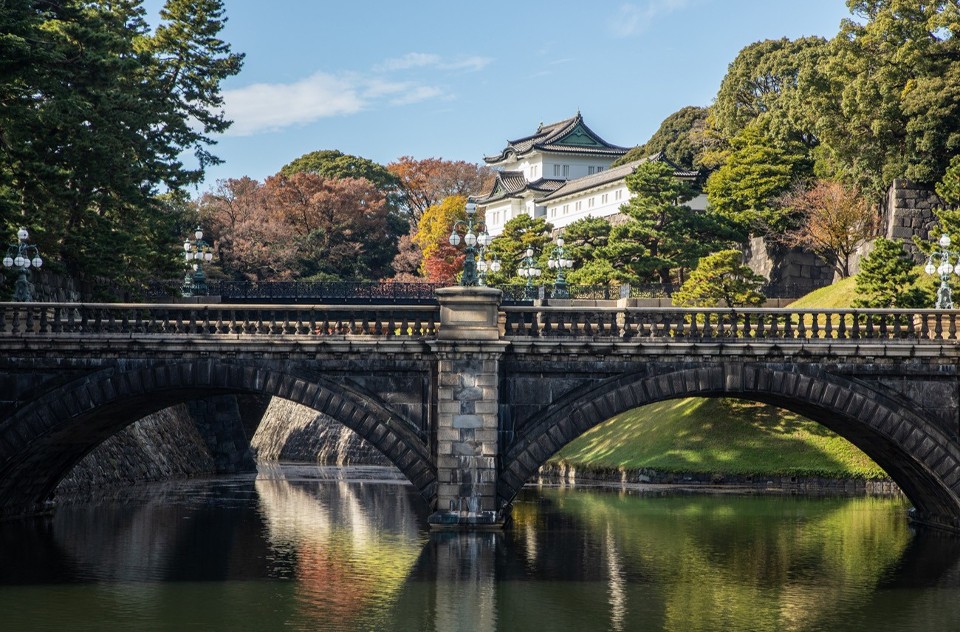

Comments